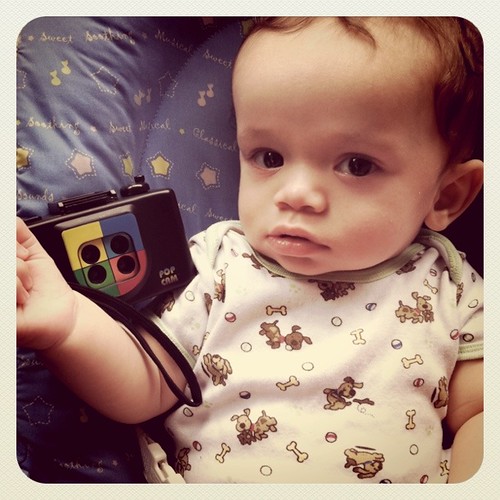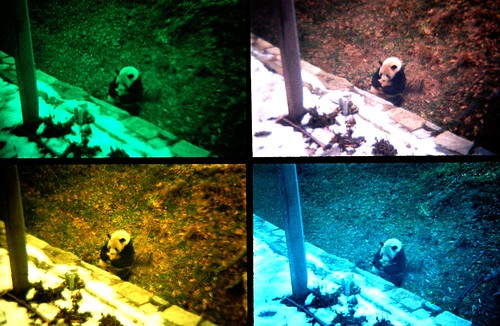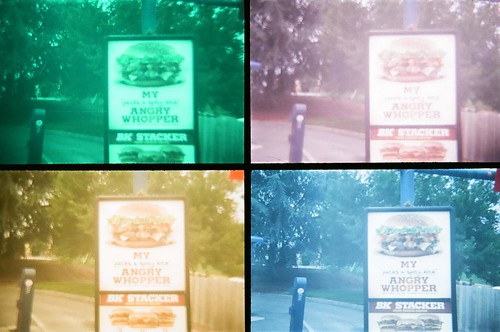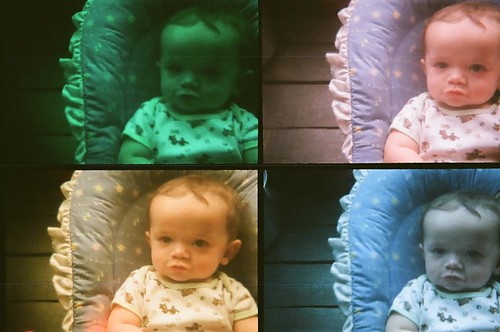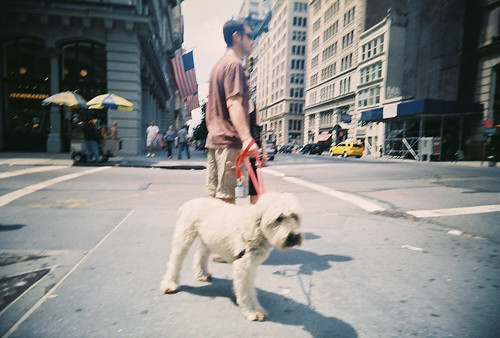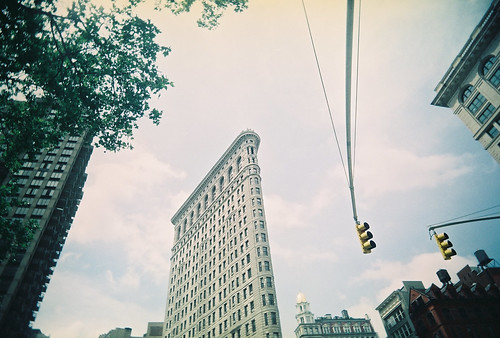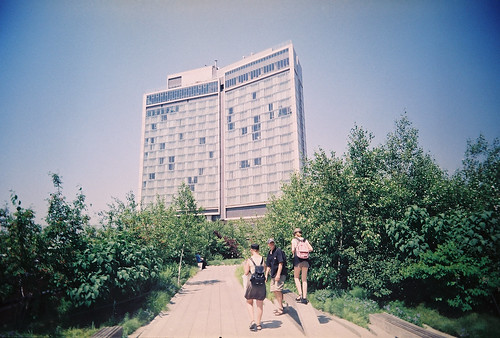And yet when I saw one at the ICP Store, long before they'd turn up at Urban Outfitters, I grabbed it. After all, it was in my favorite color. It's a cute little plastic bastard, and comes elaborately packaged in a hip cardboard box with a hip plastic bell enclosing it like hip pheasant comma under glass. Really comma I hadn't noticed that affected comma before comma but it is certainly the kind of minute annoyance upon which one can become fixated comma isn't it.
I loaded it for the very first time about a week ago, nearly three years after it was introduced.
The Blackbird Comma Fly is modelled after the classic Twin Lens Reflex design, but takes 35mm film which you can use in three different formats: with a square or rectangular mask, or without the mask, which is supposed to let the image bleed onto the film sprockets for a larger square negative. I shot a roll of expired Kodak "High Definition" 400 that I acquired from some Flickr group that was handing out expired film, some of it crappy (what I loaded the B,F with), but some of it pretty good - varieties of Kodak's VC and NC (Vivid Color and Natural Color) Portra stocks.
I shot the B,F without a mask because I am photographically naked like that, but the Walgreen's where I have been taking my disposable and toy 35mm pictures for developing printed them oblongatic anyway.
I thought 400 ASA film would be too fast for the camaera and I'd end up with blown highlights, but the lens specs beg to differ: a 1/125 shutter speed and an f7 or f11 aperture (never could move the lever that changes them) left me underexposed on an overcast day:
 |
| Loews parking lot, Front Royal, VA. |
 |
| An under-exposed but not blurry photo of my nephew. |
I was excited to see how these pictures would turn out, and so in full "let's finish off the roll on random stuff near the photo lab," I burned nine frames at and around Walgreens.
It is perhaps not a story for the ages, but it is my story.


 Jane Jacobs wrote of the city as an “intricate ballet, in which the individual dancers and ensembles all have distinctive parts which miraculously reinforce each other and compose an orderly whole.” The work of choreographer Jerome Robbins could be seen as a stylish embodiment of that romantic ideal. Robbins’ NY Export: Opus Jazz was envisioned as a companion piece to his work in
Jane Jacobs wrote of the city as an “intricate ballet, in which the individual dancers and ensembles all have distinctive parts which miraculously reinforce each other and compose an orderly whole.” The work of choreographer Jerome Robbins could be seen as a stylish embodiment of that romantic ideal. Robbins’ NY Export: Opus Jazz was envisioned as a companion piece to his work in 



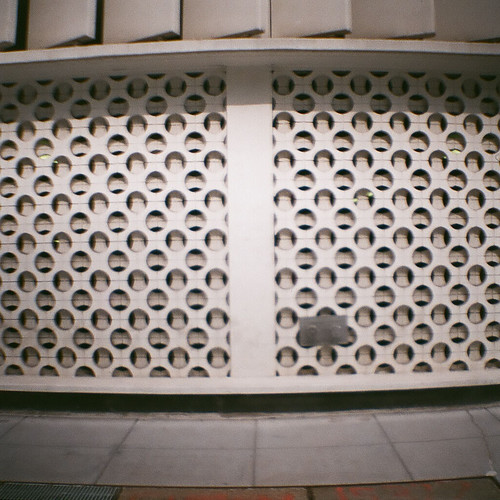
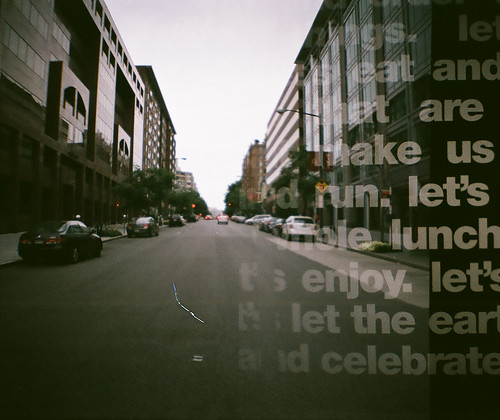

 Both trained an eye on Thatcher England, but while Parr found the lively and garish color in the middle-class on vacation, Graham paints a much darker, and perhaps more accurate picture of the state of the nation. In 1985 and 1986, Graham visited Social Security offices throughout England. He applied for permission from the DHSS, but was denied; so he surreptitiously made pictures without looking through the viewfinder - propping the camera on chairs or floors, holding it at waist level. The resulting compositions - skewed, voyeuristic - reflect a life out of balance. The Plaubel-Makina is a rangefinder and thus does not make the conspicuous ka-chunk of an SLR, so his subjects are unaware of and unaffected by his presence. What they are affected by is the tedium and desperation of bleak and sometimes filthy government offices, usually crowded and understaffed, where waits could last up to three hours and the payoff could be zero.
Both trained an eye on Thatcher England, but while Parr found the lively and garish color in the middle-class on vacation, Graham paints a much darker, and perhaps more accurate picture of the state of the nation. In 1985 and 1986, Graham visited Social Security offices throughout England. He applied for permission from the DHSS, but was denied; so he surreptitiously made pictures without looking through the viewfinder - propping the camera on chairs or floors, holding it at waist level. The resulting compositions - skewed, voyeuristic - reflect a life out of balance. The Plaubel-Makina is a rangefinder and thus does not make the conspicuous ka-chunk of an SLR, so his subjects are unaware of and unaffected by his presence. What they are affected by is the tedium and desperation of bleak and sometimes filthy government offices, usually crowded and understaffed, where waits could last up to three hours and the payoff could be zero.

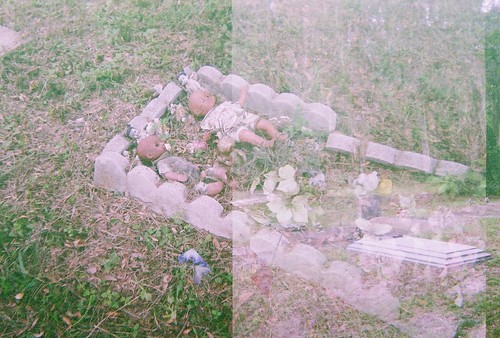
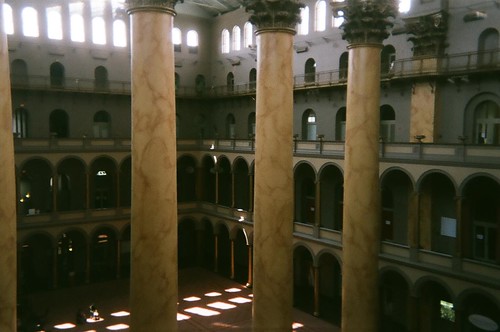
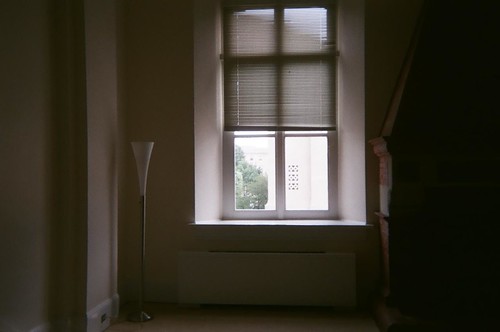
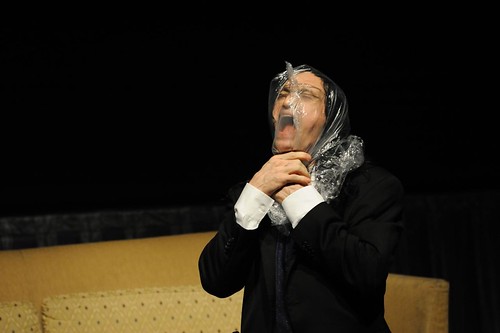
 “The current publication is not meant to supplant any reader’s personal impression or interpretation of Frogs, nor should it in any way substitute for a direct, immersive experience with the pages of the book, preferably over a long period of time, throughout different stages of one’s life.” That last clause can be taken as a sly reference to the stages of frog growth, but it is also something said about works of great literature, particularly
“The current publication is not meant to supplant any reader’s personal impression or interpretation of Frogs, nor should it in any way substitute for a direct, immersive experience with the pages of the book, preferably over a long period of time, throughout different stages of one’s life.” That last clause can be taken as a sly reference to the stages of frog growth, but it is also something said about works of great literature, particularly 